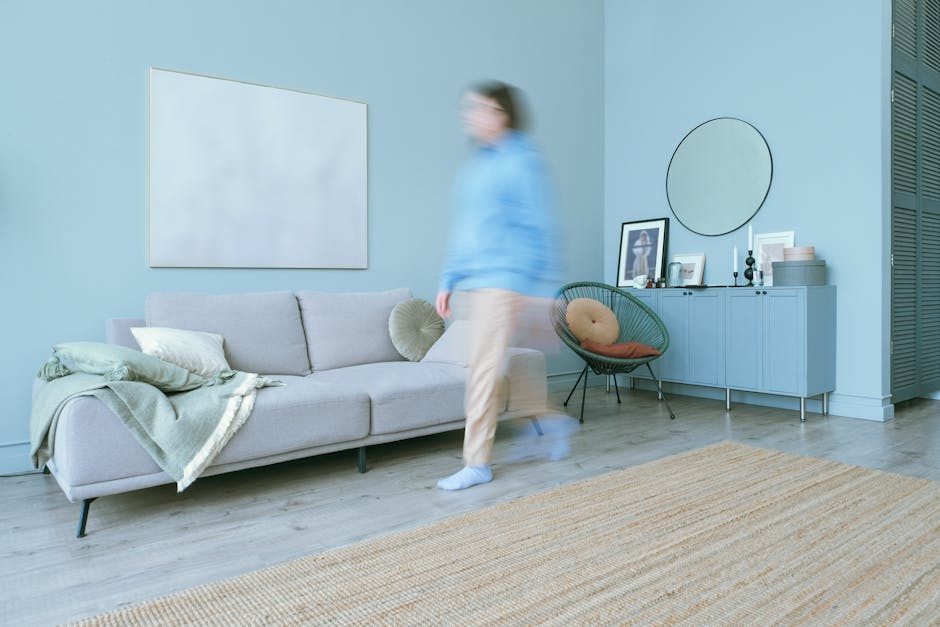Economical Homes for Minimalists: Affordable and Functional Living
When you think of a home, what comes to mind? For many, it’s a sprawling space filled with endless furniture, rooms that rarely get used, and decor that serves more as clutter than purpose. But for minimalists, the idea is quite the opposite: a living space that’s pared down to essentials, serving both form and function without unnecessary frills. The best part? This way of living doesn’t just align with simplicity, it can also be incredibly affordable.

Small Spaces, Big Savings
One of the most defining features of minimalist living is embracing smaller spaces. After all, why pay for square footage you don’t need? Tiny homes and compact apartments have grown in popularity among minimalists not only because they’re easier to manage but because they significantly cut down on costs. According to the National Association of Home Builders (NAHB), the average cost per square foot decreases as home size increases, meaning downsizing can lead to big savings.
Take tiny homes as an example. These structures typically range from 100 to 400 square feet and often come with price tags as low as $20,000–$50,000. Compare that to the median price of a traditional single-family home in the United States (hovering around $400,000 in 2023) and the financial appeal becomes crystal clear. Even for those not looking to go "tiny," opting for a smaller-than-average apartment or house can reduce mortgage payments or rent, utility bills, and even maintenance expenses.
The Power of Multipurpose Design
If there’s one thing minimalists love, it’s furniture and appliances that do double (or triple) duty. Why buy a separate couch and bed when you can invest in a stylish sofa bed? Why dedicate a whole room as an office when a foldable desk can transform any corner into a productive workspace?
Multipurpose designs have become increasingly accessible and innovative. Consider companies like IKEA or Wayfair offering foldable dining tables that expand for guests or storage ottomans that work as seating while concealing clutter. A standout example is the Murphy bed, which folds up into the wall during the day to free up precious floor space, perfect for studio apartments or small bedrooms.
Beyond furniture, multipurpose appliances are also making waves. Washer-dryer combos save both money and space by eliminating the need for separate units. Smart ovens that also work as air fryers and microwaves are another popular option for those aiming to streamline their kitchens.
Material Choices That Matter
Minimalist homes often embrace natural materials, not just for aesthetics but also for cost-effectiveness and sustainability. Opting for materials like bamboo flooring instead of expensive hardwoods or reclaimed wood instead of newly manufactured products can dramatically reduce construction costs while adding character to your home.
Recycled materials are another fantastic choice. Some builders are using compressed earth blocks or shipping containers to create functional yet affordable housing. Not only do these materials lower costs, but they also reduce environmental impact, a win-win scenario for anyone mindful about sustainable living.
Even when decorating, thrift stores and secondhand markets can be treasure troves for finding high-quality items at a fraction of their original cost. It’s surprising how often people discard perfectly good furniture or decor simply because it doesn’t match their current aesthetic.
The Minimalist Approach to Utilities
A minimalist lifestyle extends beyond what you see, it includes how your home operates too. Energy-efficient appliances, solar panels, and smart thermostats are excellent investments if you’re aiming to cut utility costs over time while maintaining an eco-conscious mindset.
Take lighting as an example. Swapping incandescent bulbs for LEDs might seem like a small change but can save hundreds of dollars over their lifespan due to lower energy consumption and longer durability. Likewise, low-flow showerheads and faucets not only reduce water bills but also align with minimalist principles by eliminating wastefulness.
Another clever move is designing spaces with natural light in mind, large windows or skylights reduce the need for artificial lighting during the day while creating an inviting atmosphere without added expense.
Investing in Quality Over Quantity
Minimalism isn’t about being cheap; it’s about being intentional with your purchases. It may seem counterintuitive at first (spending more upfront on high-quality items) but this approach pays off in the long run by reducing replacement costs.
Think about cookware, for instance. A well-made stainless steel pot might cost more than its non-stick counterpart but will likely last decades if cared for properly. The same goes for mattresses: investing in one built to last not only saves money over time but also improves quality of life through better sleep.
This concept applies even to DIY projects within your home. While cutting corners with inexpensive materials may seem appealing initially, repairs or replacements down the line often end up costing more than investing in durable alternatives from the start.
Making Minimalism Personal
No two minimalist homes look exactly alike and that’s part of what makes this lifestyle so appealing! Whether you prefer sleek modern lines or cozy Scandinavian vibes, minimalism offers plenty of room for personal expression without compromising affordability.
For some people, this might mean displaying just a handful of cherished family photos on their walls rather than covering every surface with decor pieces bought on impulse.
There’s also no need to rush into transforming your entire living space overnight; minimalism is as much about the process as it is about the result. Start small (perhaps decluttering one drawer at a time) and focus on making intentional choices moving forward.
Living economically as a minimalist doesn’t mean sacrificing comfort or style, it means finding creative ways to align your home with your values while keeping finances in check. And who wouldn’t want less stress from both their surroundings and their budget?
